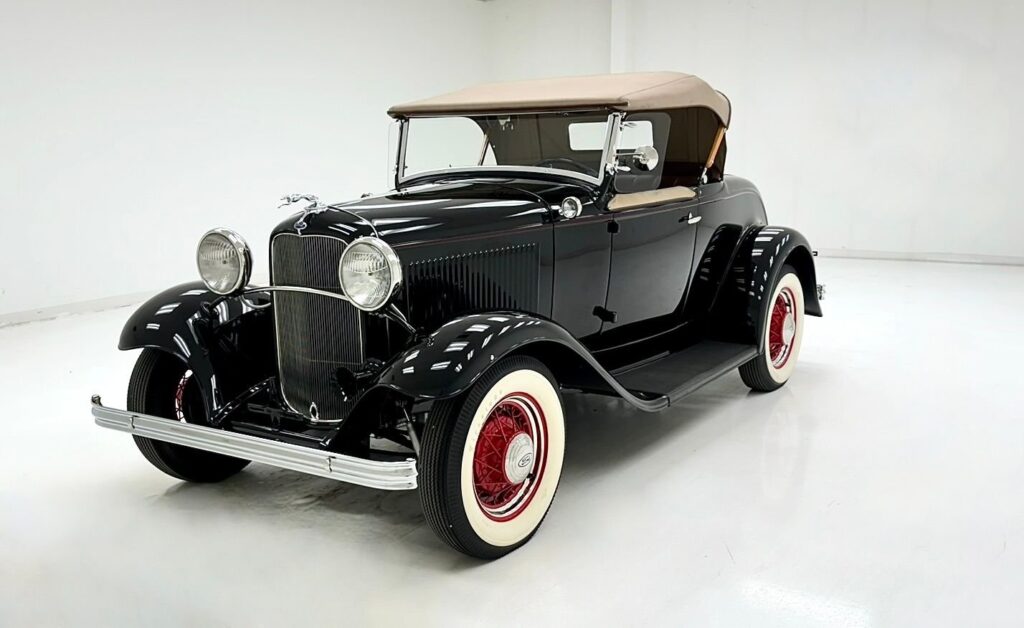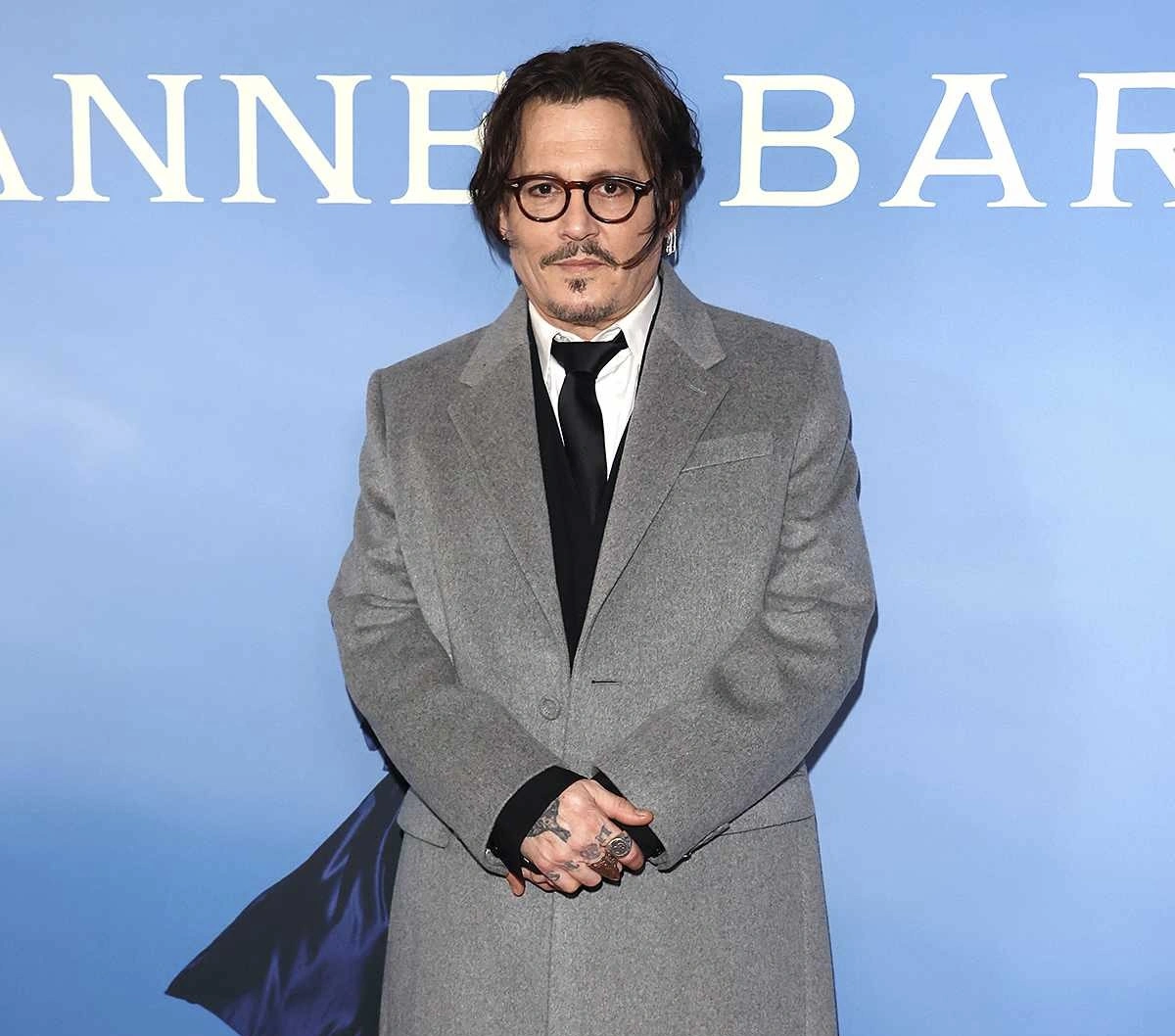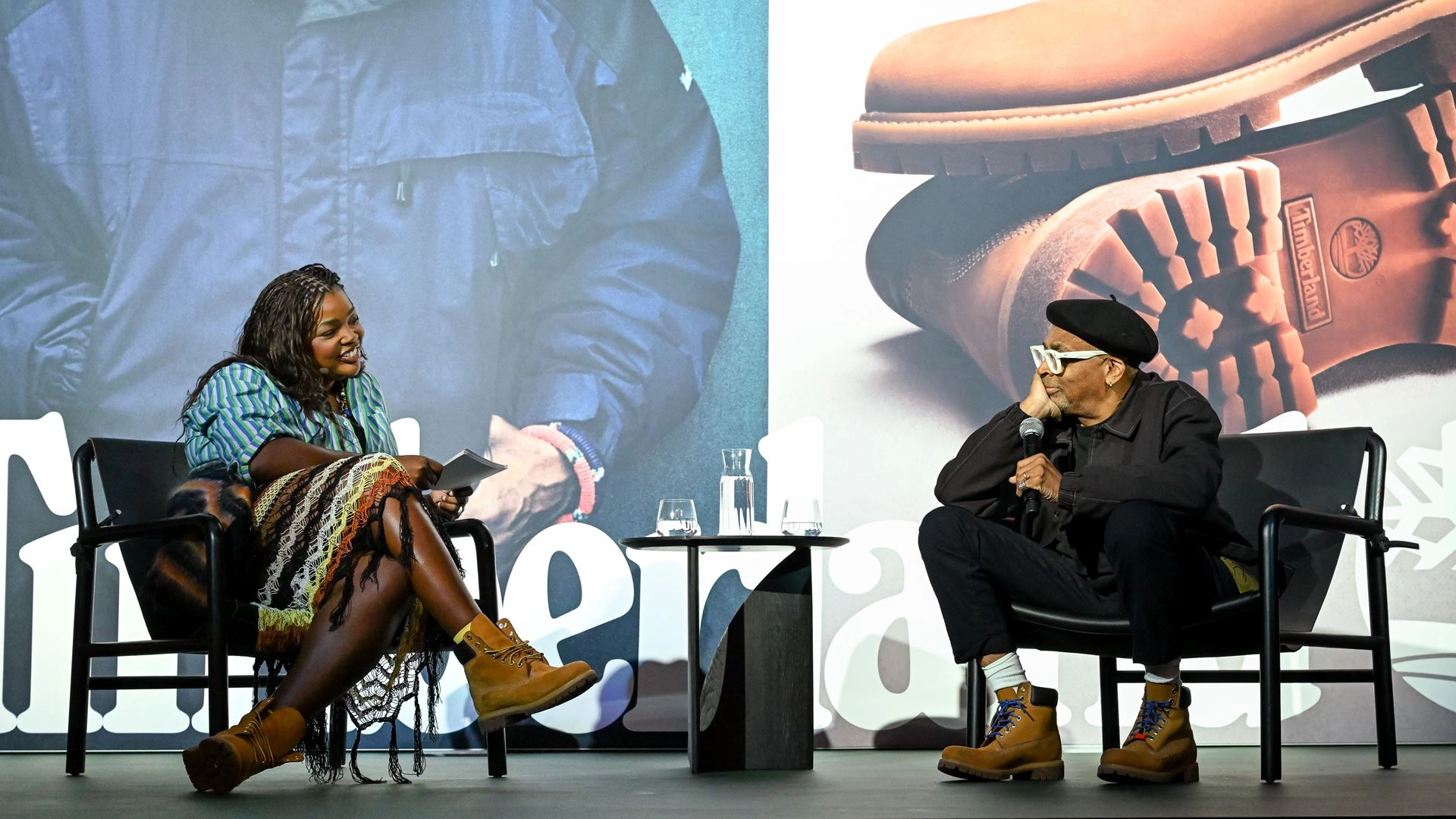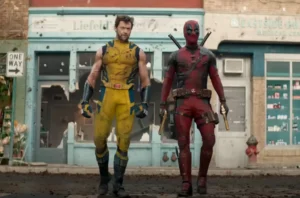Clint Eastwood, an enduring icon of American cinema, is known for his rugged charm, commanding screen presence, and a career spanning over seven decades. While his roles in Westerns and gritty dramas have cemented his status as a cultural legend, few fans know about Eastwood’s personal connection to cars, particularly his first automobile—a vehicle that reveals as much about the man behind the legend as his films do.
Clint Eastwood’s First Car: The 1932 Ford Model B Roadster
Clint Eastwood’s first car was a 1932 Ford Model B Roadster, a vehicle that symbolizes the golden age of American car manufacturing. Known for its sleek design, mechanical reliability, and versatility, the Model B was an aspirational car for young drivers during the mid-20th century, and it quickly became a favorite among car enthusiasts.
A Brief History of the Ford Model B
The Ford Model B was introduced in 1932 as an upgrade from the legendary Model A. Featuring a flathead four-cylinder engine, the Model B offered improved performance and a more modern design. It was available in multiple body styles, including the roadster, coupe, and sedan, making it accessible to a wide range of buyers.
While overshadowed by its more famous sibling, the V8-powered Ford Model 18, the Model B still made an impression on the automotive world. It became a popular choice for hot-rodding in the 1940s and 1950s, a trend that Clint Eastwood himself would later embrace.
Eastwood’s Connection to the Model B
Clint Eastwood acquired his Ford Model B Roadster as a teenager in the early 1950s, while growing up in Northern California. For a young Eastwood, the car represented freedom and self-reliance, values he would carry throughout his life and career. At the time, owning a car was a rite of passage for many young Americans, and Eastwood’s choice of a classic roadster speaks to his appreciation for style and craftsmanship.
Why the 1932 Ford Model B Roadster Stood Out
The Ford Model B Roadster was more than just a car; it was a cultural symbol. Its combination of affordability, performance, and aesthetics made it a perfect fit for a young Clint Eastwood.
Design and Aesthetic Appeal
The 1932 Ford Model B Roadster featured an iconic design with flowing fenders, a distinctive grille, and an open-top layout that exuded a sense of adventure. For a burgeoning star like Eastwood, this car’s rugged yet elegant appearance mirrored the persona he would later embody on screen.
Performance and Practicality
Equipped with a reliable four-cylinder engine, the Model B offered solid performance for its time. It wasn’t the fastest car on the road, but its simplicity and durability made it a dependable companion for young drivers exploring their independence.
Customization Potential
One of the defining features of the Model B was its adaptability. The car’s straightforward design made it a favorite among hot-rodders, who modified the vehicles for better speed and performance. Eastwood, who had a mechanical knack, likely appreciated the Model B’s potential for personalization.
Cars and Culture in 1950s America
Clint Eastwood’s first car must be understood within the broader context of 1950s America, a time when automobiles were deeply intertwined with the country’s cultural identity.
The Rise of Car Culture
The post-World War II era saw an explosion in car ownership, fueled by economic prosperity, the construction of interstate highways, and a growing fascination with mobility. Cars became a symbol of the American Dream, representing freedom, individuality, and progress.
Youth and Hot-Rodding
For teenagers like Eastwood, cars were more than transportation—they were a statement. Hot-rodding, a subculture that emerged in the 1940s, reached new heights in the 1950s, with young enthusiasts customizing cars like the Model B to enhance their performance and aesthetics. This culture of innovation and rebellion resonated with Eastwood, who would later channel similar themes in his acting and directing.
Clint Eastwood’s Early Years: A Parallel with the Model B
Clint Eastwood’s Ford Model B Roadster can be seen as a reflection of his formative years. Born in 1930, Eastwood grew up during the Great Depression, a period that instilled in him a strong work ethic and a sense of self-reliance.
A Symbol of Resilience
The Model B, introduced during the economic challenges of the early 1930s, was a product of resilience. Its creation marked Ford’s determination to innovate despite financial hardships. Similarly, Eastwood’s early life was defined by perseverance, as he worked various jobs and navigated his way through Hollywood before achieving stardom.
Independence and Individuality
Eastwood’s decision to own a car like the Model B speaks to his independent spirit. Much like the characters he would later portray, Eastwood valued freedom and the ability to chart his own course, qualities embodied by the open-road allure of the roadster.
From Driver to Hollywood Icon
While Eastwood’s Ford Model B Roadster was a key part of his youth, it also laid the foundation for his lifelong love of cars. Over the years, Eastwood’s connection to automobiles has become a recurring theme, both in his personal life and his films.
Cars in Eastwood’s Films
Automobiles have often played a symbolic role in Eastwood’s movies. From the rugged trucks in The Bridges of Madison County to the titular Gran Torino in Gran Torino, vehicles in Eastwood’s films often serve as extensions of his characters’ personalities and values.
Eastwood’s Personal Car Collection
Clint Eastwood’s appreciation for classic and luxury cars continued as his career flourished. His collection has included everything from vintage sports cars to environmentally friendly electric vehicles, reflecting his evolving tastes and interests.
The Legacy of the Ford Model B Roadster
The 1932 Ford Model B Roadster holds a special place in automotive history. While it may not have achieved the fame of the Model 18, it remains a beloved classic among car enthusiasts and collectors.
A Hot-Rod Icon
The Model B’s adaptability made it a favorite among hot-rodders, who transformed it into a symbol of speed and style. Even today, restored and modified Model Bs are prized possessions at car shows and auctions.
A Link to Americana
The Ford Model B embodies the spirit of 1930s and 1950s America, connecting two pivotal eras in the nation’s history. Its association with figures like Clint Eastwood only enhances its cultural resonance.
A Car That Shaped a Legend
Clint Eastwood’s first car, the 1932 Ford Model B Roadster, is more than a vehicle—it’s a window into the early life of a Hollywood icon and a reflection of the values that have defined his career. From its timeless design to its connection with American car culture, the Model B represents the freedom, resilience, and individuality that Eastwood himself embodies.
As we celebrate Eastwood’s remarkable journey, it’s fitting to remember the role this classic car played in shaping the man who would become one of the most enduring figures in film history. Whether on the silver screen or behind the wheel, Clint Eastwood’s story is one of grit, determination, and an unyielding pursuit of excellence—qualities that his first car, the Ford Model B Roadster, perfectly symbolizes.
No comments yet.








